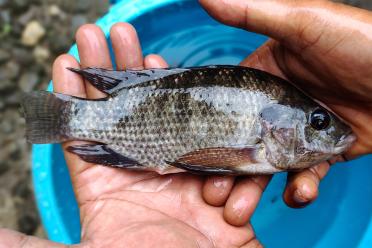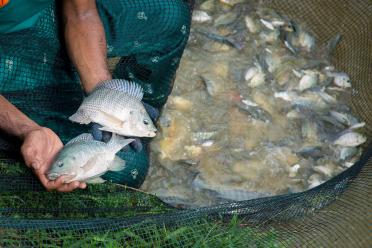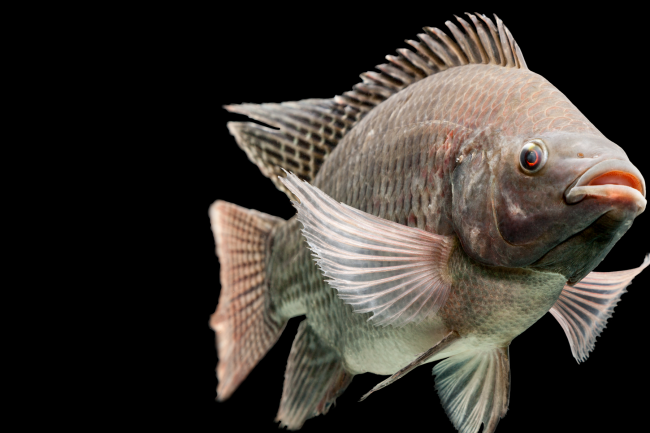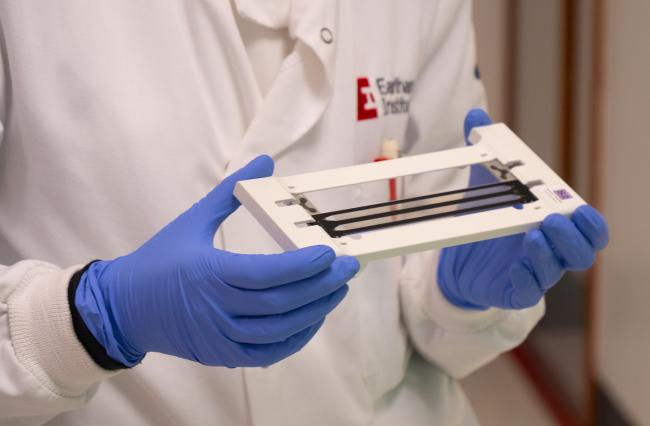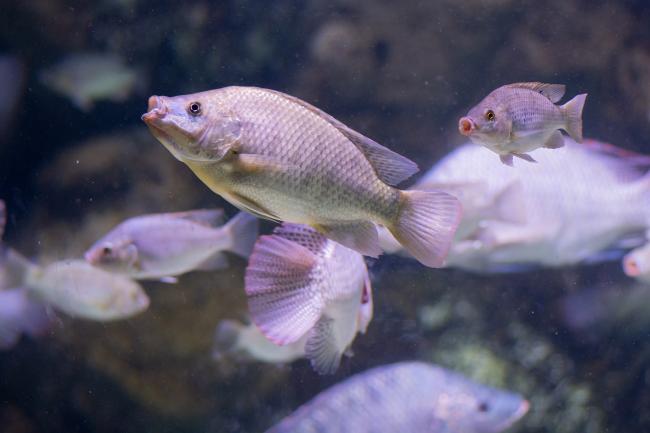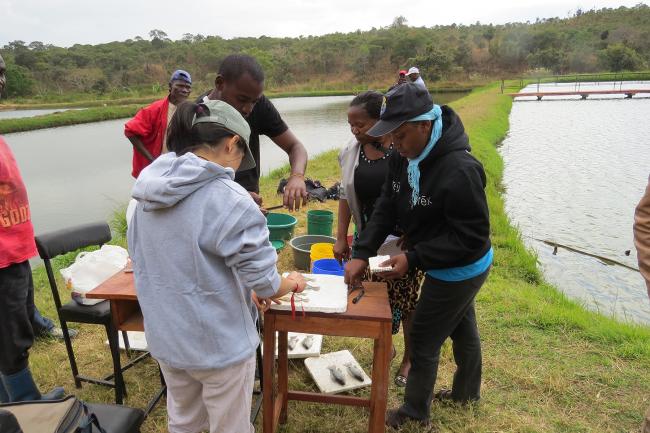Dr Tarang Mehta is a postdoctoral research scientist working in the Haerty Group. He will be using data generated on the Illumina NovaSeq X Plus - the Earlham Institute was the first site in the UK to acquire the platform - to look at the tilapia genome in a whole new way.
There are approximately 2,000 species of cichlid fish - the group tilapia belong to - and around 40 described species of tilapia.
Dr Mehta describes tilapia as a highly adaptable organism - able to develop adaptive traits and resilience to survive and multiply in a range of environmental conditions.
“Fascinatingly, despite the large amount of observable (phenotypic) differences between cichlid species,” he says, "only 0.1 to 0.25 percent of the genome is different. This therefore means that subtle genetic differences control how, when, and where genes function to manage these adaptive traits.”
Dr Mehta previously used the NovaSeq 6000 to sequence the transcriptome – the various products of actively expressed genes – and the epigenome – chemical compounds and proteins which attach to DNA, modifying the way genes behave.
“Using the epigenome, we can finely pinpoint the non-coding portion of the genome, and any genetic differences between species, to determine where [in tissues] and when [in an organism's development], a gene is switched on or off,” he explains.
“This is very useful for mapping out networks of genes and their regulators controlling the function of adaptive traits.”
He says new platforms will allow the Institute to refine these previously developed techniques for understanding wider aquaculture-relevant traits such as disease resistance.
“We will be able to scale up our research and generate larger datasets at a lower cost. Working with data from this platform will allow quicker and higher-resolution mapping of genetic loci.
“The findings will be more precise, more accurate, and offer greater insights for breeding programmes.”

